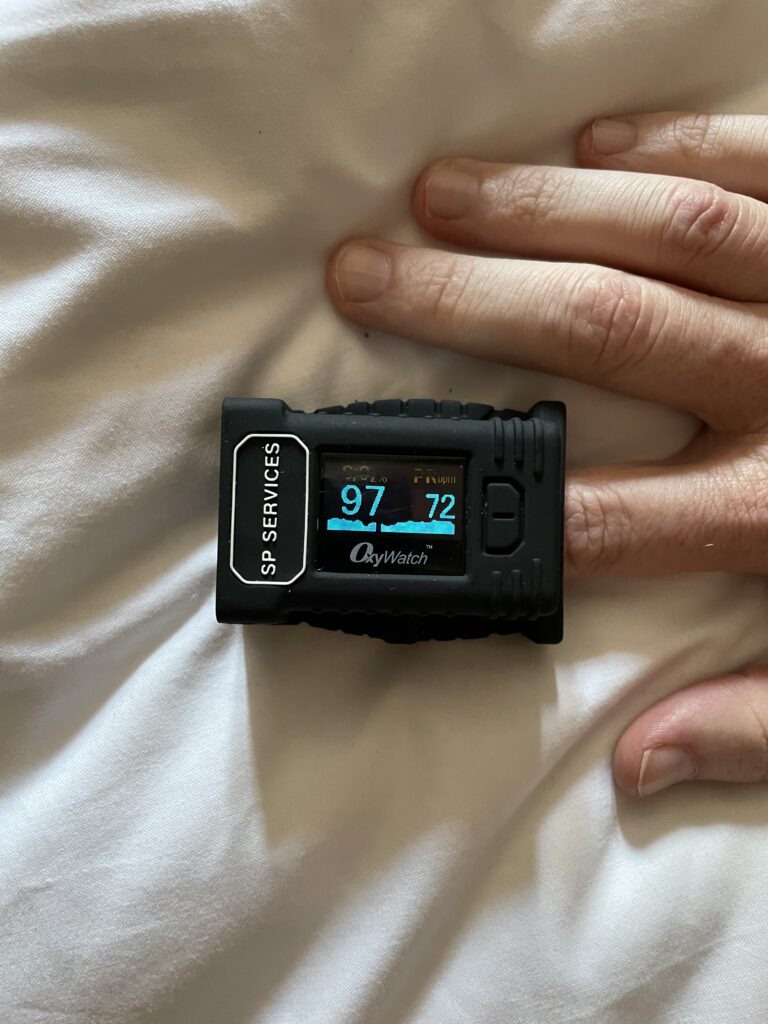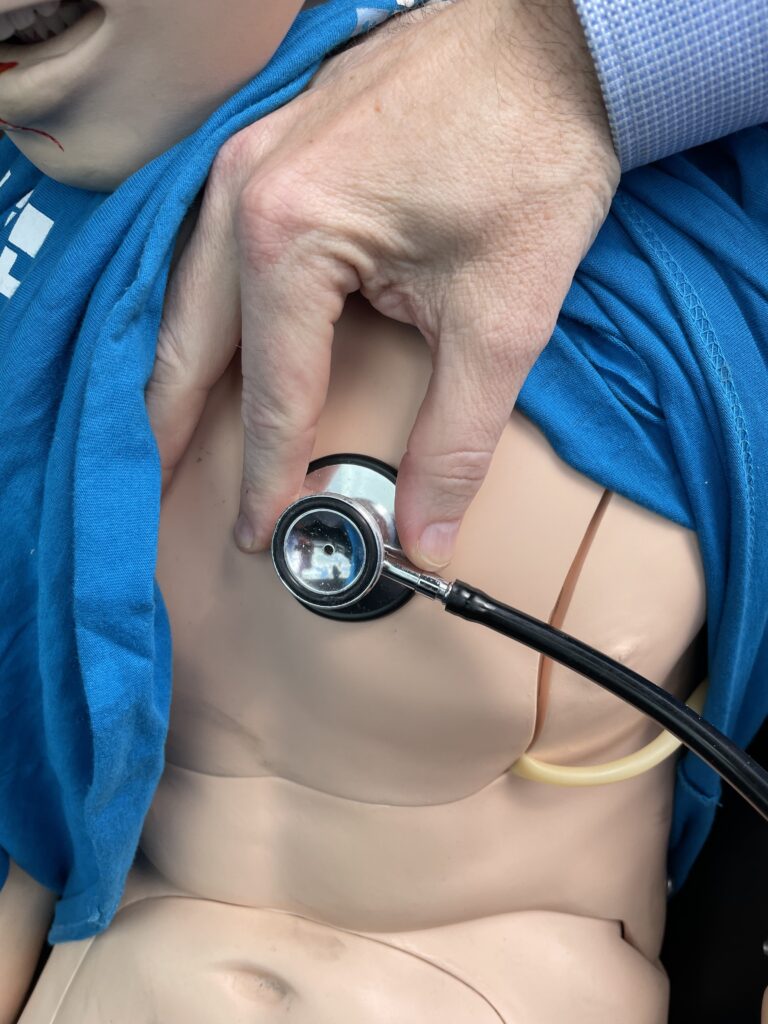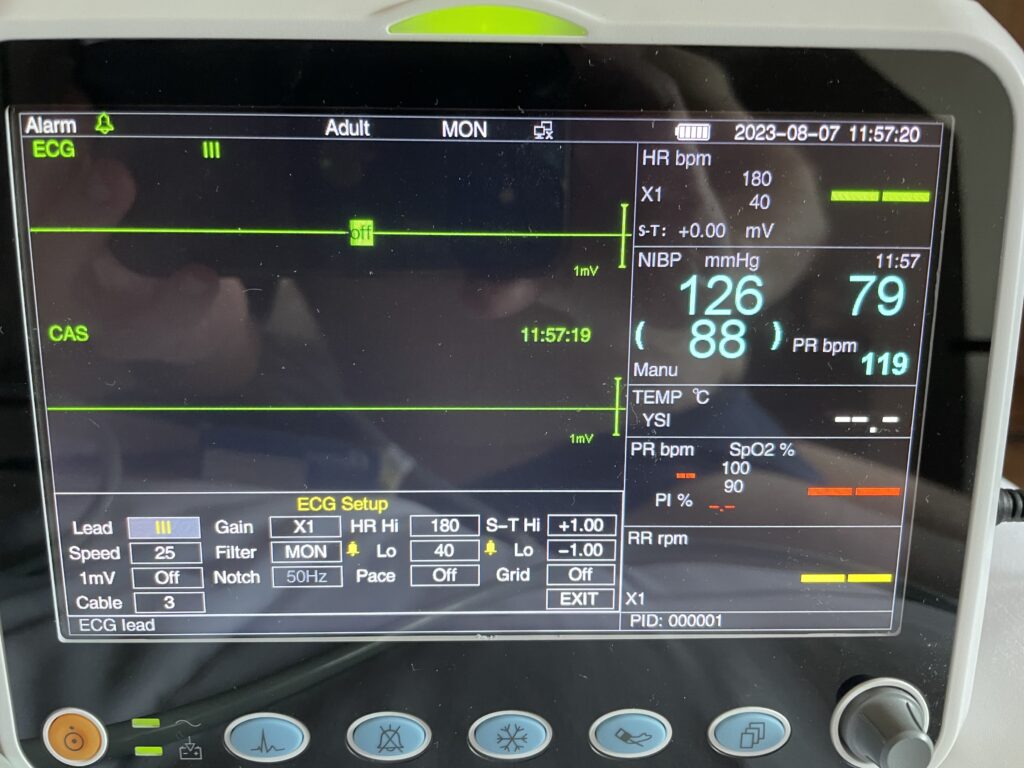What is cardiac arrest step 4
Cardiac arrest step 4 deals with post resuscitation care. This conducted by professional healthcare workers with equipment. 4 stages are considered in post resuscitation care.
- Stage 1 – Airway management
- Stage 2 – Breathing management
- Stage 3 – Circulation support
- Stage 4 – Control of body temperature
Stage 1 – Airway management
During cardiac arrest step 4 the patient’s airway must be secured. There are a variety of different secure airways that can be used. Selection is dependent because off the cause in cardiac arrest and speed that is required. Advanced airways are designed to secure the patients airway and assist as a rescue device. it is an invasive procedure and may require additional specialised medical equipment basically.
Stage 2 – Breathing management
Stage 2 breathing management focuses on the levels of oxygen. Expansion of lung tissue is essential for oxygen levels also. As a pressurised gas oxygen levels are monitored through the body. This is achieved by an SP02 monitor or sensor. The process requires a small probe placed on the patients finger. The probe passes a light source through the finger. This determines the amount of oxygen within the red blood cells. the optimal range is 98% or above. This ensures passage (perfusion) of oxygen in tissues and organs accordingly. Stethoscopes also assist in detecting air entry in the lungs.
Stage 3 – Circulation support
Stage 3 circulation support is equally imperative. There is a vast network of blood vessels in the body The circulatory volume needs to be high enough to supply tissue perfusion. This is monitored through blood pressure readings, pulse rates. Visual inspection of skin colour and elasticity are additionally observed. to provide circulatory support. Needles are introduced into the network (often referred to as access). Albeit this supplies a route for volume support. Equally synthetic versions of hormones like adrenaline or drugs can be used.
Stage 4 – Control of body temperature
Stage 4 the control of body temperature during carte is important. The human body core temperature can range between individuals. Optimum levels are around 36-37 this enables enzymes and metabolic functions. It is also critical to maintain tissue functionality. Consequently hidden inside this is your touch. Afterall human beings need security & safety.



Steps to cardiac arrest
There are 4 steps in cardiac arrest. Learn more about cardiac arrests in the steps below.
- Step 1 – Early recognition of cardiac arrest and call for professional help
- Step 2 – Early CPR must be initiated
- Step 3 – Early access to defibrillation is critical likewise and combined with CPR
- Step 4 – Early post resuscitation to restore the quality of life however also apply
“You can’t change what happens. you can change what you do about it”
Danny mccann – mccann training solutions